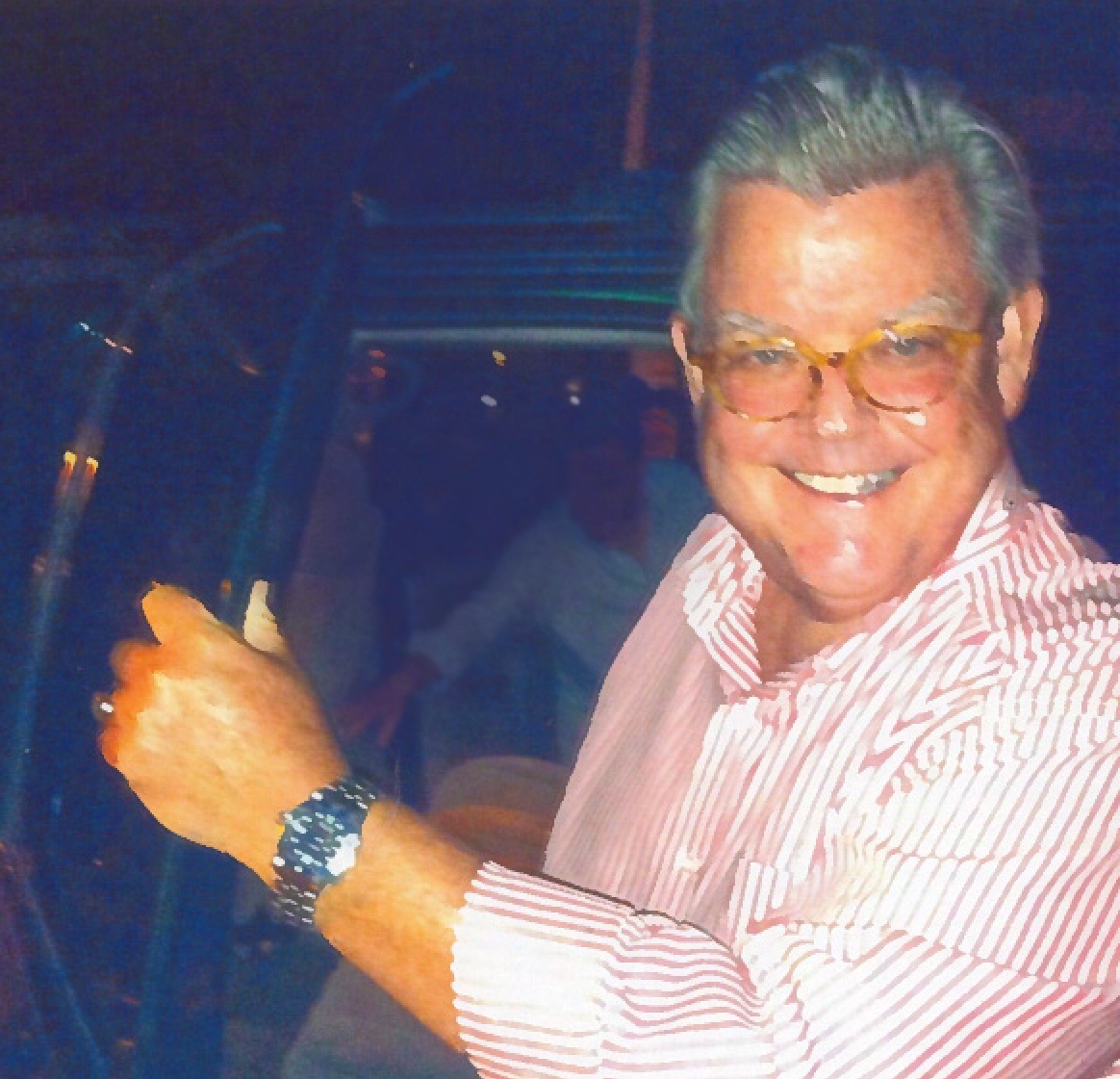The Media Muddle
Think about the restaurant at which you’re a regular. You associate that food service institution with a profound loyalty, familiarity and an appetite/craving for what they serve. The two pillars of media, reach and frequency are achieved by reputable food service establishments. They reach you and you frequent them.

Reaching their audience, and doing it frequently, is something the major players in the food service industry know how to do quite well. According to QSR magazine, which serves the quick service restaurant industry, McDonald’s has managed to achieve a chart-topping level of user interest with its app being downloaded by more than 127 million people around the world during 2022.
The New Yorkerrecently reported on the incredible R&D at Taco Bell, and how their food scientists and taste-testers discover their next big things. There are 7,200 Taco Bells serving 40,000,000 customers each week. What they lack in storefronts they make up for in profit margins. Most of their food product comes prepped and/or cooked in bags from their commissary. There is not a lot of cooking at Taco Bell, unlike McDonald’s, yet their fans are legion in later dayparts McDonald”™s wishes they had. Think GenZ nighttime snacking, here.
These brands are not known by their logos as much as their reputations and reliability. Great brands transcend their logos.
Their communities ”” not the social media kind ”” are repeat customers, possibly in need of a craving fix. Starbucks and Dunkin”™ Donuts also comprise these brands.
“America Runs on Dunkin'” is a stretch given their calorie counts but it reinforces their loyalists who must start their day there.
Here in the New York Metro area, where real estate can be way pricey for a retail footprint expansion, independents own the pizza business. Follow these loyalties on Instagram (IG). With summer rapidly approaching, hot weather sends many folk to eat out.
Yes, we believe individual pizzerias are media unto themselves like the QSR franchises. They have reach and frequency. Yet, they also are getting their reputations pounded into our psyches by social media influencers. “Lil Mo Mozzarella” is an IG character straight out of opera bouffe/buffa, seemingly plugging anybody who will hire him. Contrast his performances with the acolytes of the Italian Hero, found following the “Hoagie Guru” Facebook (FB) community. IG (and TikTok) are for outsized personality performers. FB followers are for opinions and the odd discovery they champion. In short, FB posters can be “newsy” up to a point, but IG personalities can be solid entertainment. Food for thought.
We want to bring the TikTok furor forward. Montana has passed a new law banning the use of TikTok in the state effective Jan. 1, 2024. There is a whiff of constitutional uncertainty here. As the Wall Street Journal reported, “a wave of state-level orders and bills banning TikTok on government-issued devices because of national-security concerns ”¦ clouded the plans of many so-called destination marketing organizations that have come to rely on it.”
Montana is known as “The Treasure State,” and “The Last Best Place.” It”™s home to unbelievable outdoor experiences and natives rely heavily on and work in that tourism-driven industry, often holding 2 or 3 jobs like fly fishing guide, elk hunting guide and “construction when I can get it.” This social media ban means more TV spots on cable (our region still has 66% penetration courtesy of Yankees and Mets broadcasts) and OTT (Over-The-Top TV like YouTube TV, Hulu, streaming with ads).
Just think of all the Montana travel influencers seeking the TikTok goldmine, now.
If you have not heard of transgender social influencer Dylan Mulvaney, and the Anheuser-Busch (AB) cataclysmic marketing disaster her support of March Madness spawned, here”™s a recap.
Many people simply thought she appeared in a national TV commercial (NOT, just social media) and was the chief influencer for Bud Light during the NCAA playoffs. (NOT, there were others besides her, though she was celebrating her first-year anniversary as a woman). Bud Light, like many alcohol marketers (spirits, wine, beer), has always supported LGBTQ events and continues to do so. The brand has lost 28% (nationally) of its volume vs. a year ago, at this writing. One can now buy a case of Bud Light on deal for $19.98 and AB will rebate you $20. Infamous anti-Bud Light posts abound on social media and the champions of transgender inclusivity are teed off the Bud Light team didn”™t stand tall for their cause and come clean sooner.
The first rule in crisis PR: come clean, be super honest, put all you cards on the table and do this FAST! AB waited two weeks. They are going to wait more than two fiscal quarters to fix this debacle. Keep in mind, one can, one can only, contained Mulvaney”™s photo. It was produced by wrapping a Bud Light can with a plastic film. One can! One social media post! National outrage! Not to mention the seismic growth Coors Light and Miller Light have achieved in the aftermath.
Last time this kind of gaffe reached this level of disaster was New Coke, back in 1985. Alas, Bud Light had been eroding as a national brand due to millennial fondness for craft beer, as well as encroachment of less sweet and hipper Mexican brews.
Fast food options, quick vacation solutions and stimuli, social influencers and social media hysteria, and the kickoff to summer beer quaffing are highlights of the media norm this post Memorial Day weekend. And there’s the Writers Guild of America strike and NBC ad head Linda Yaccarino going to run Twitter. Plan on no TV premiere week late September (not that you care) and Twitter becoming akin to TV news. How”™s this for media elasticity(how media reporting often stretches through the truth vs. relying solely on facts that rein in the truth) this start of summer week. Time to listen to baseball on the radio and watch the fireflies from the porch.